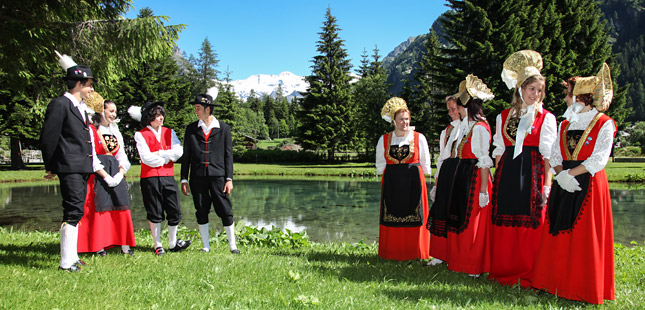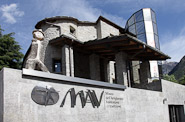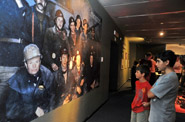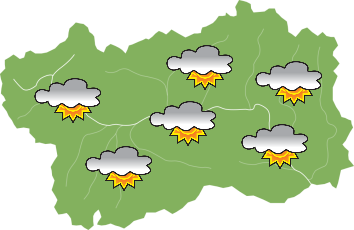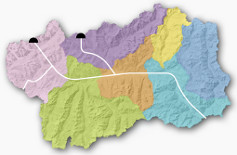Traces of Roman times: imperial beauty

Five centuries of Roman civilisation have left impressive signs in the Aosta Valley: the ‘Via delle Gallie’ consular road of which many traces remain; the Pondel aqueduct-bridge; and above all Aosta, the imperial town and a gateway to the Alps. The layout of the Roman town can still be identified in its main features, the city walls and the most important buildings of Aosta.
Medieval castles, towers and strongholds

The Aosta Valley was already an essential throughway to the Alpine passes in antiquity. In the Middle Ages it was easy to appropriate the land outside the built-up centres in order to raise yourself to the rank of lords and collect tolls. This is how the first fortified settlements were built, and over time castles, towers and strongholds became a distinctive element in the Aosta Valley landscape.
Churches and sanctuaries
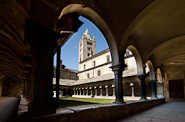
In the Aosta Valley, along the Via Francigena, the outline of the Romanesque bell towers stands out against the backdrop of the mountains.
Tradition

Wood and stone of rural architecture and lots of expressions of immaterial cultural heritage tell of an area where traditions are real and authentic.



